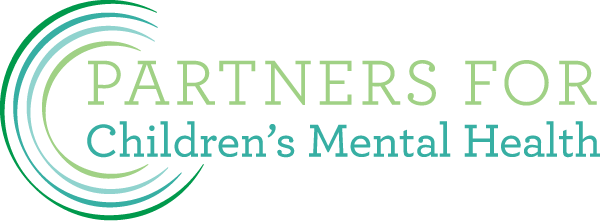In 2018, approximately 11.1% of all US households and 13.9% of US households with children under age 18 reported food insecurity (FI).1 Household FI is characterized by the inability to reliably attain enough food for an active and healthy lifestyle due to lack of financial, social, and other resources.1 The USDA defines households experiencing “low food security” as those which report frequent barriers to acquiring food and maintaining a quality diet, in comparison households defined as experiencing “very low food security” often report diminished food intake and eating patterns in addition to not being able to obtain stable resources for food. Awareness of household FI among children can lead to emotional feelings such as worry, sadness, or anger due to there not being enough food or other strategies used to manage FI, such as asking neighbors and family members to borrow food to make it through food shortages.2 Even though parents tend to shield their children from FI, the USDA estimates that in 2018, 2.7 million households experienced FI severe enough to impact the quality and quantity of food available to both household children and adults. Moreover, an estimated 220,000 households with children experienced instances of very low food insecurity.
authors: Andrea D. Brown MPH,Hilary Seligman MD, MAS,Sarah Sliwa MS, PhD,Ellen Barnidge MPH, PhD,Kathryn L. Krupsky PhD, MPH,Zewditu Demissie PhD, MPH,Angela D. Liese PhD
Content originally published on https://onlinelibrary.wiley.com/doi/10.1111/josh.13199
